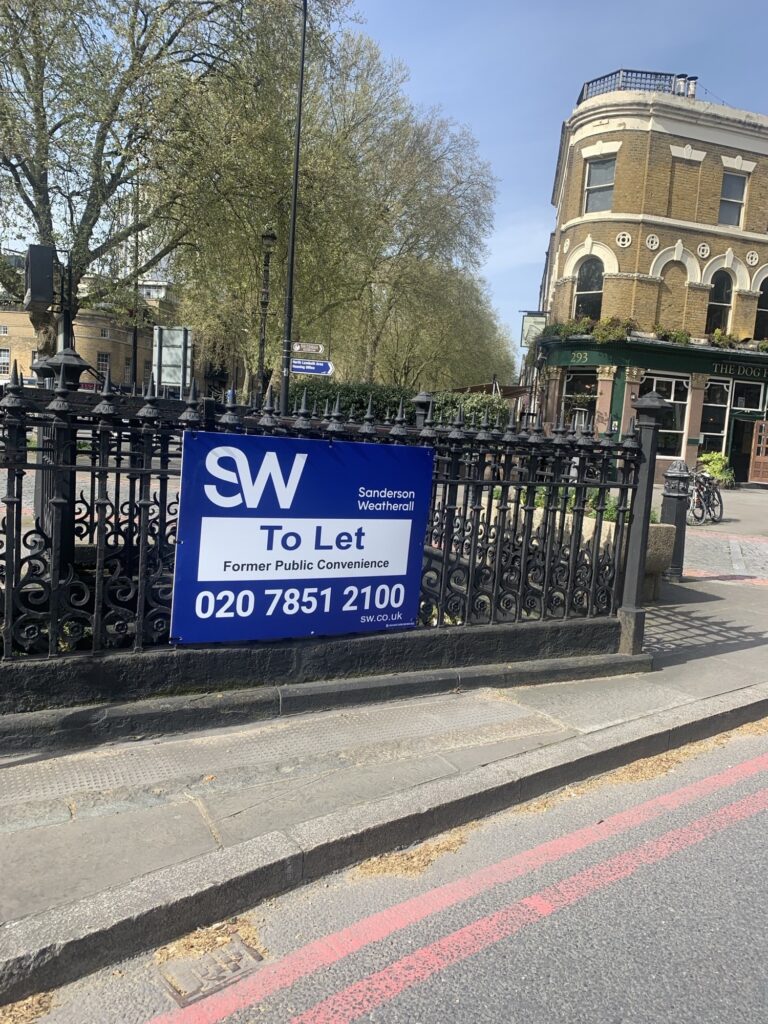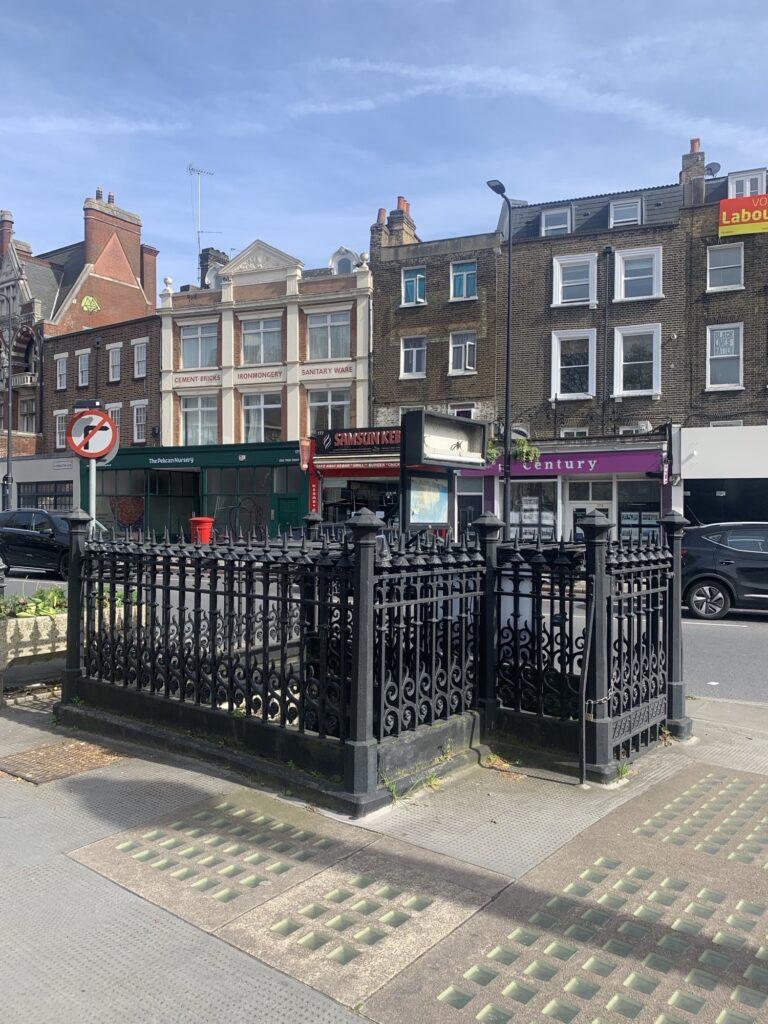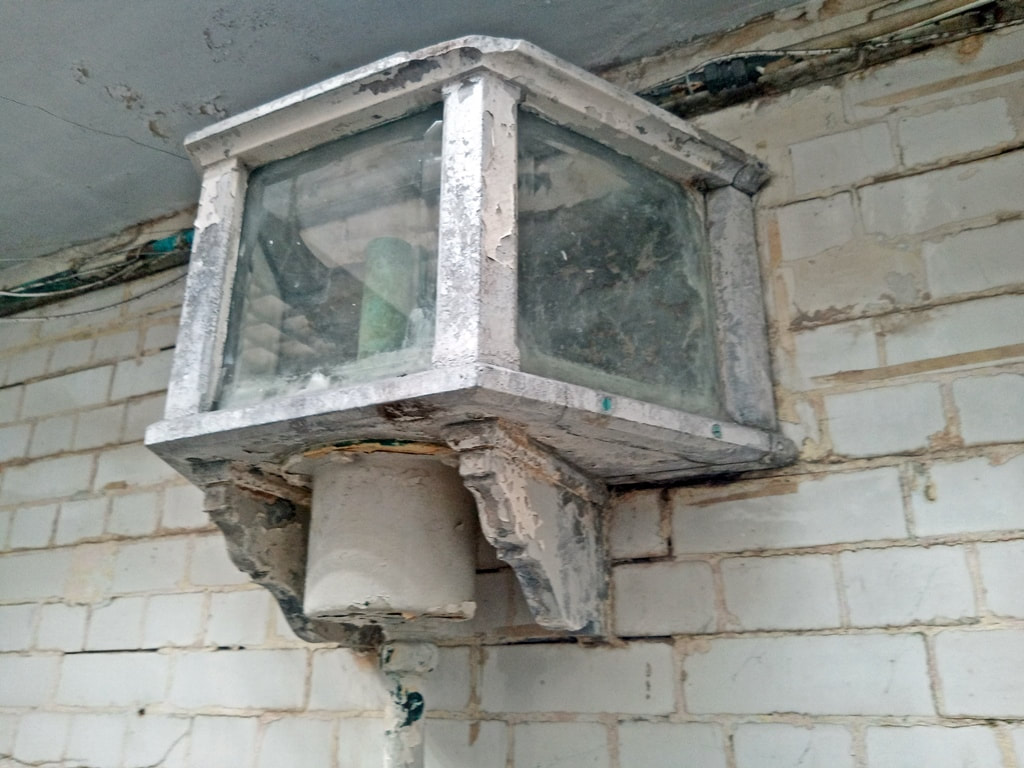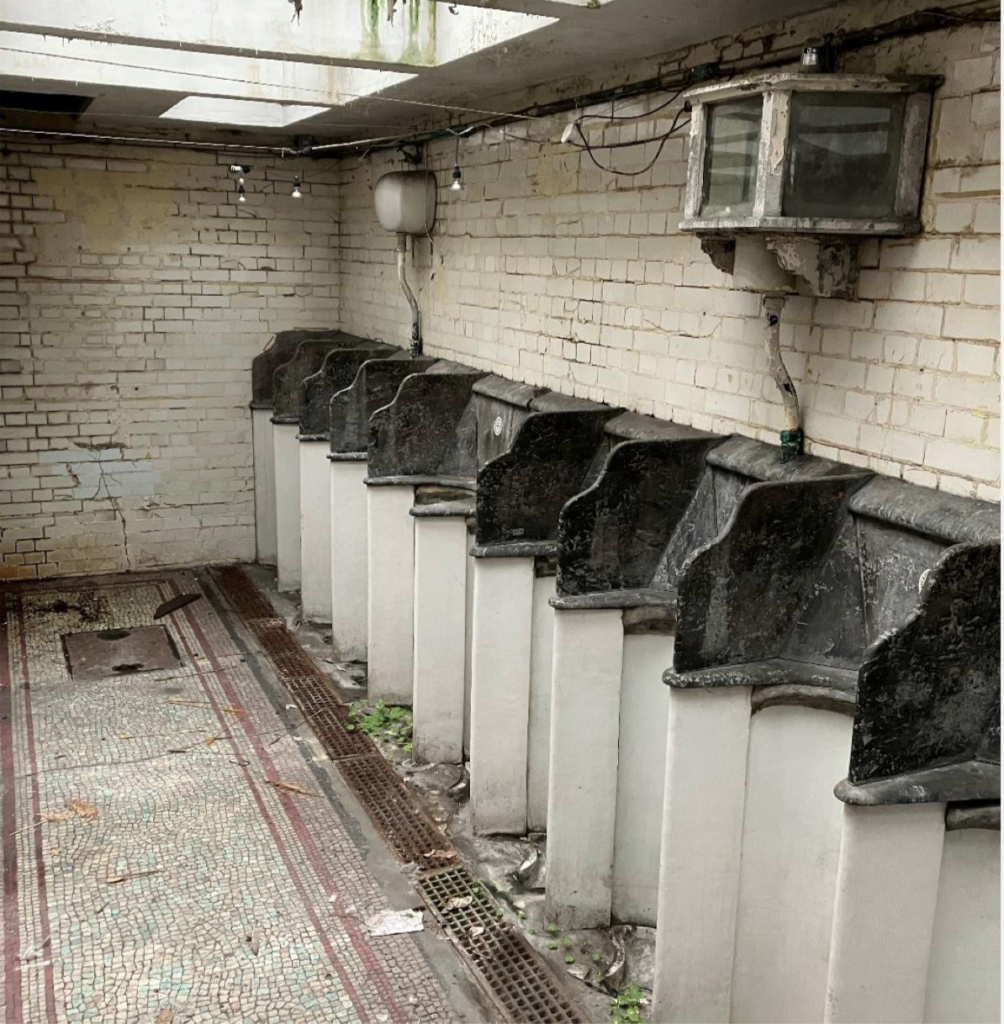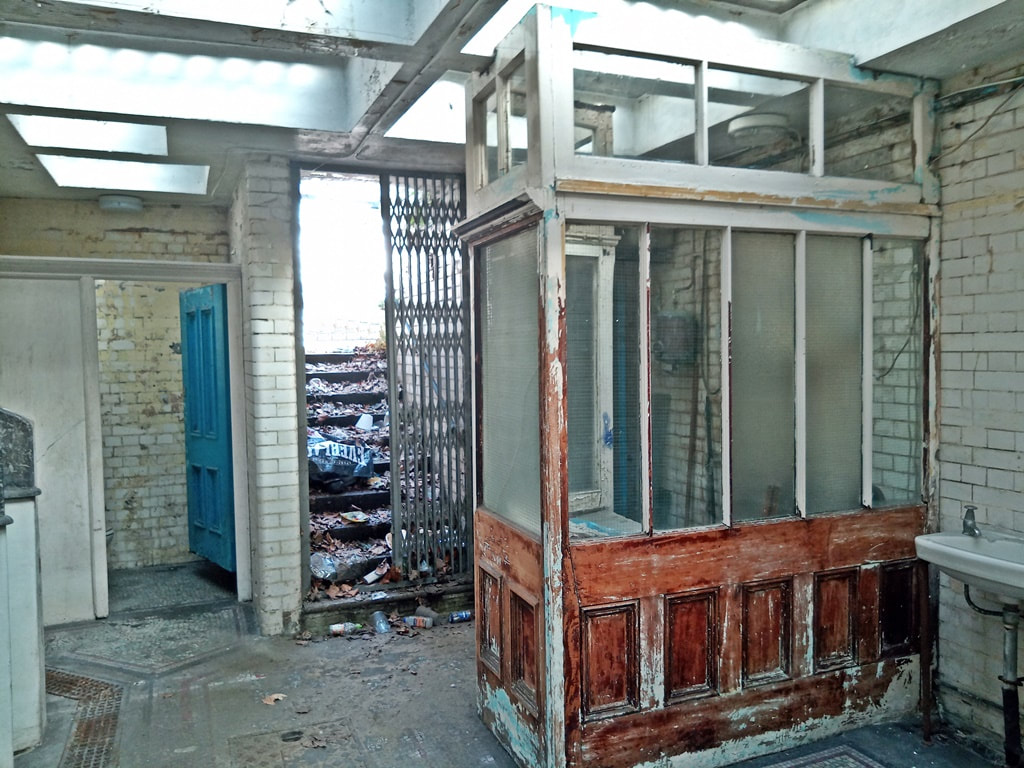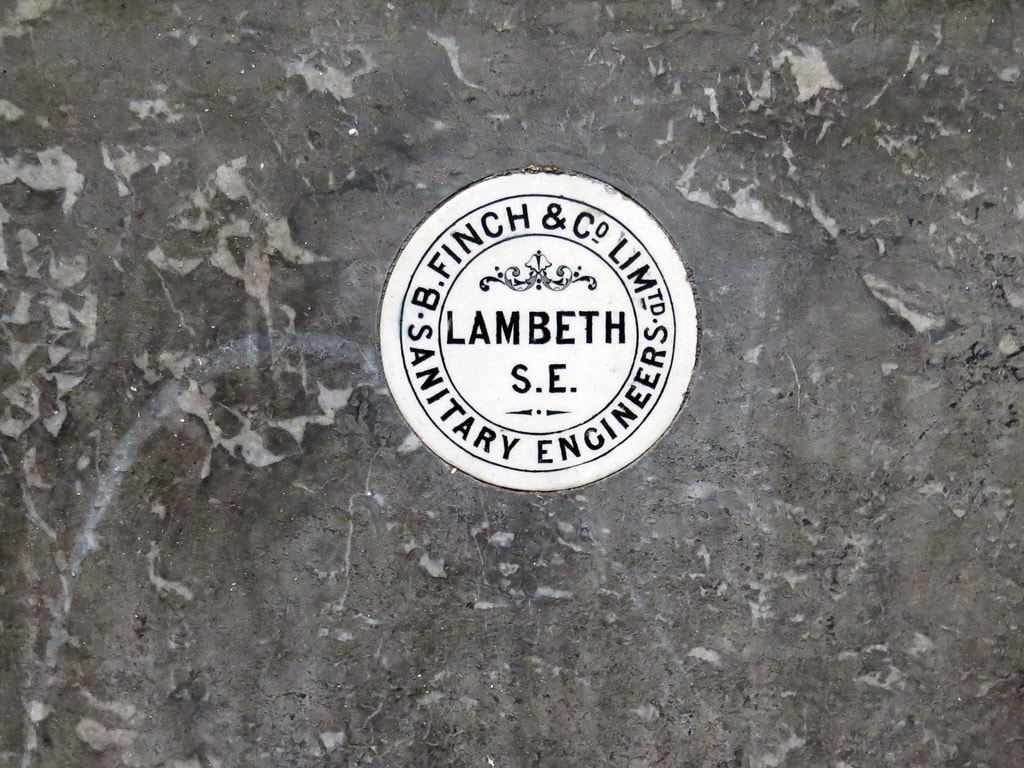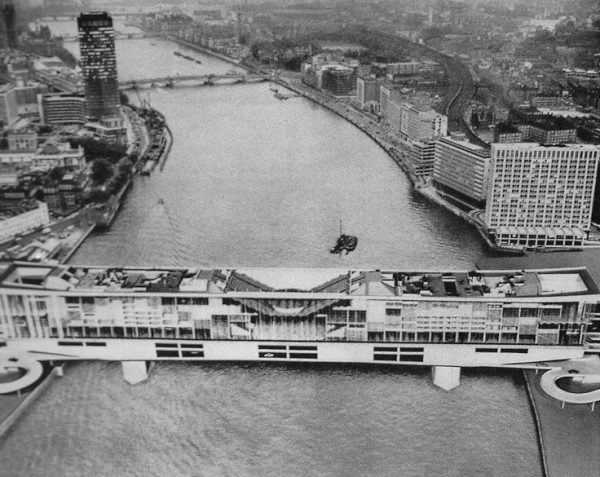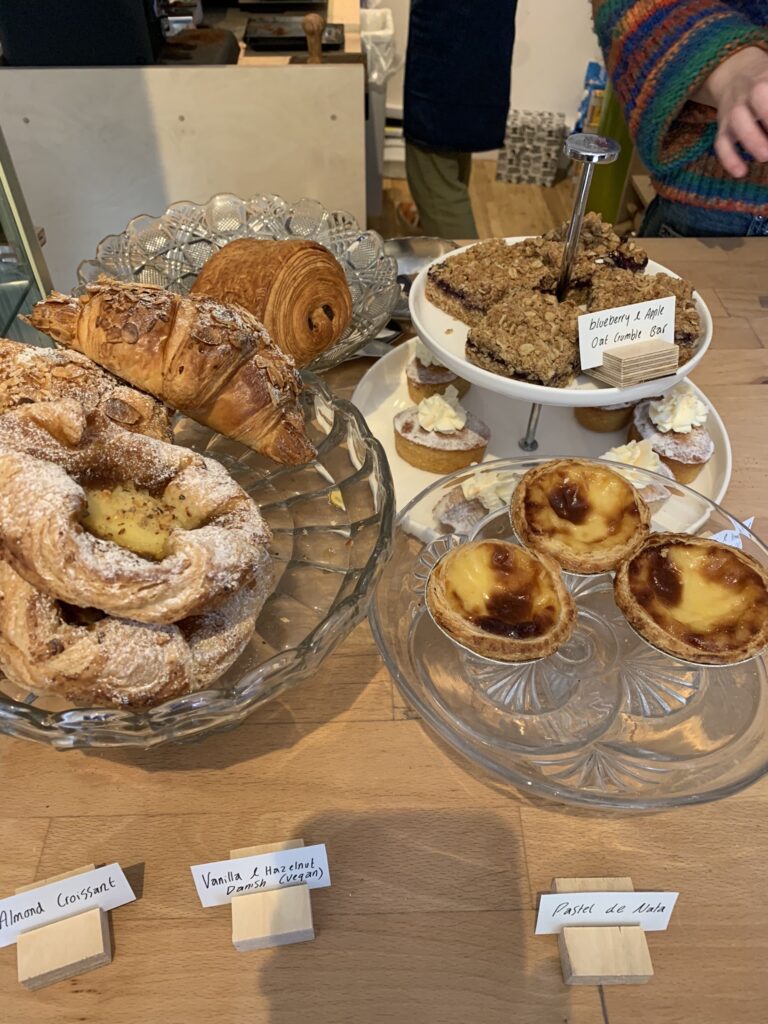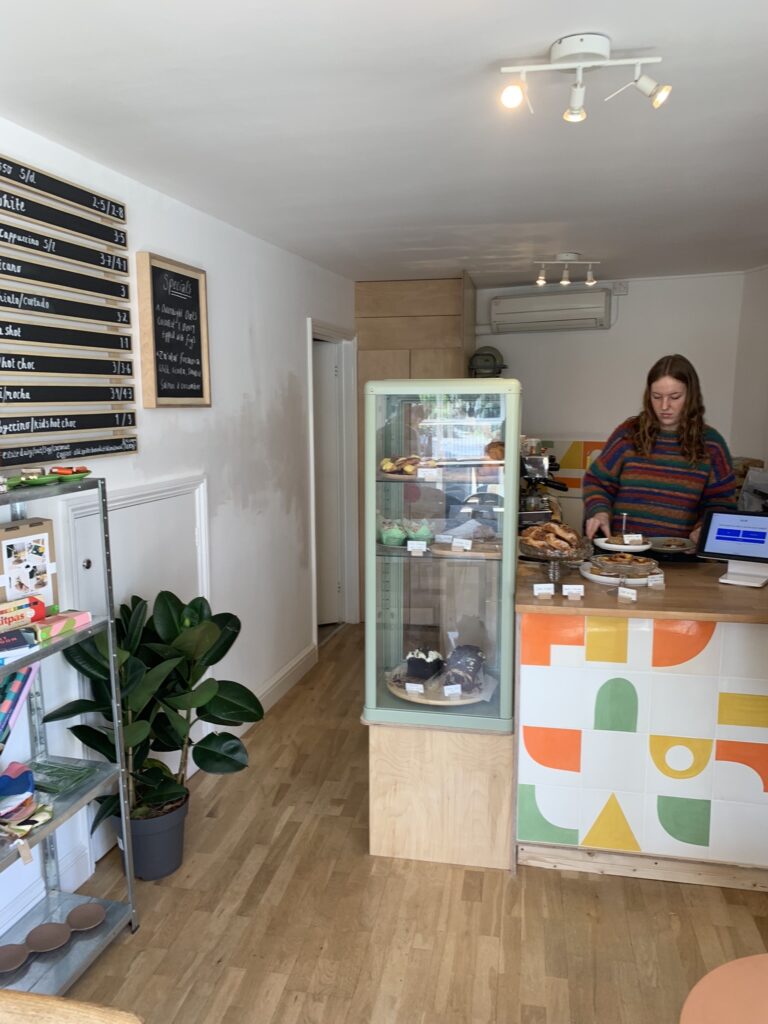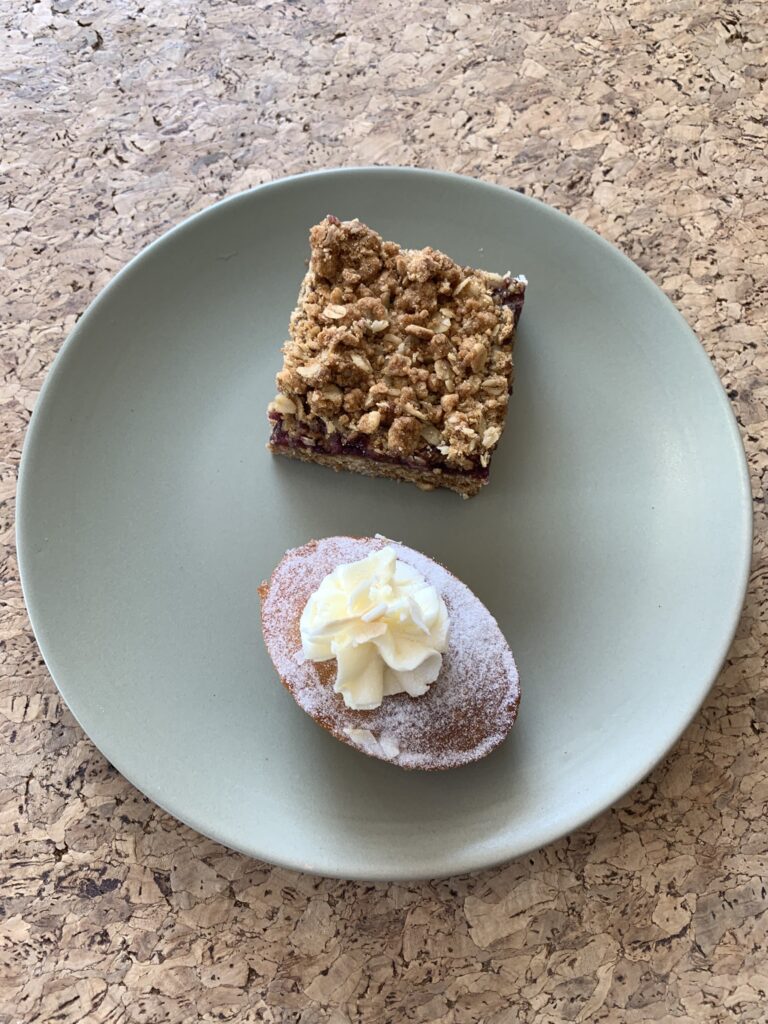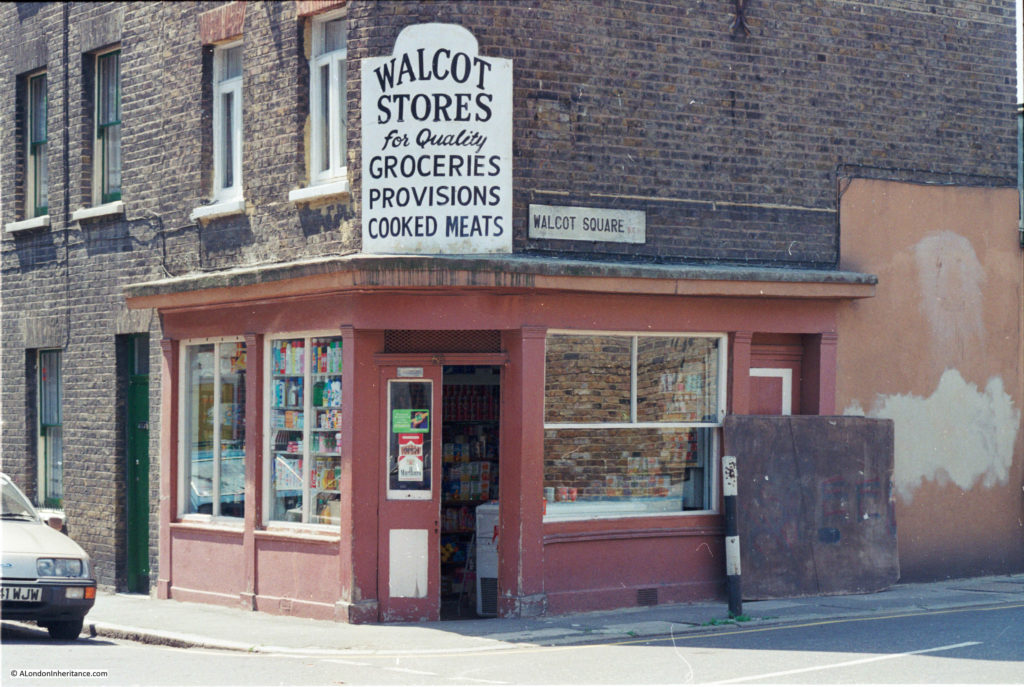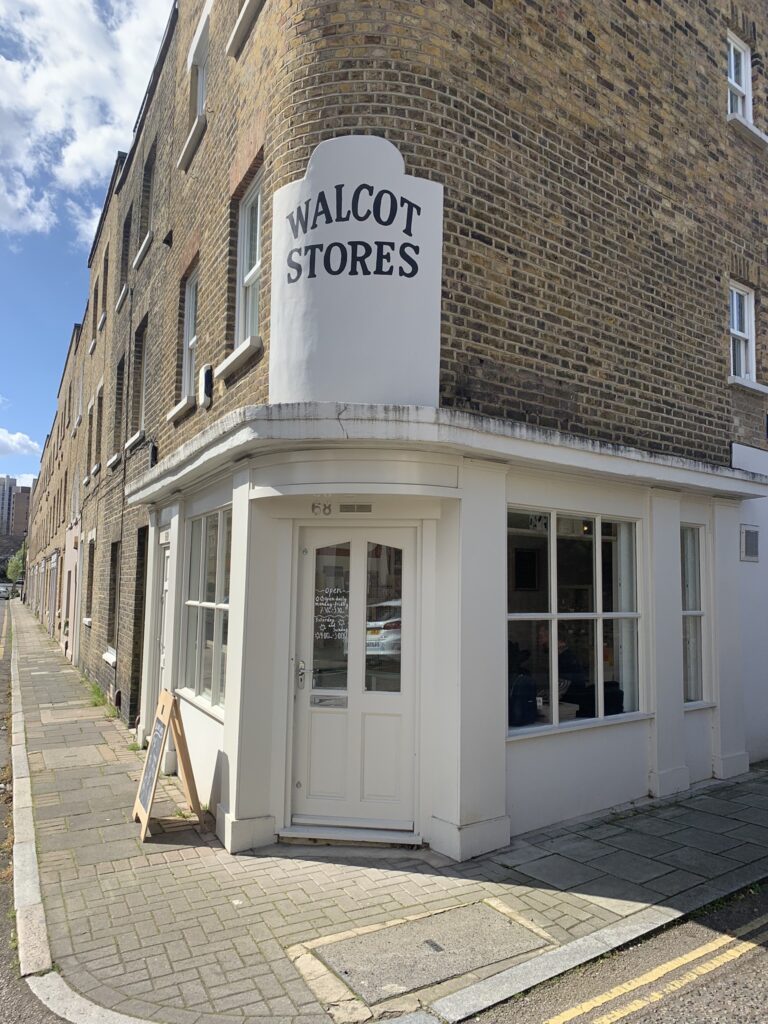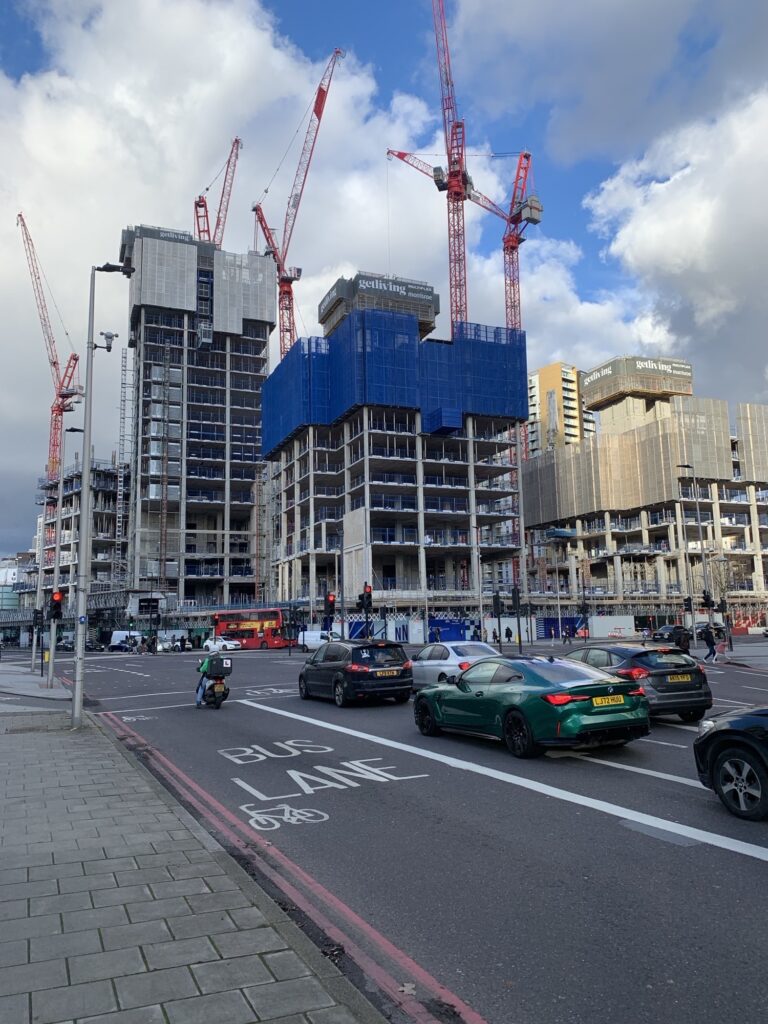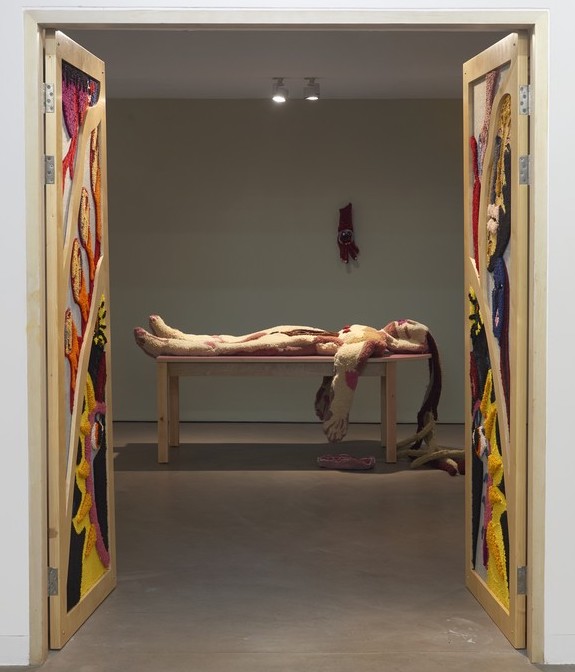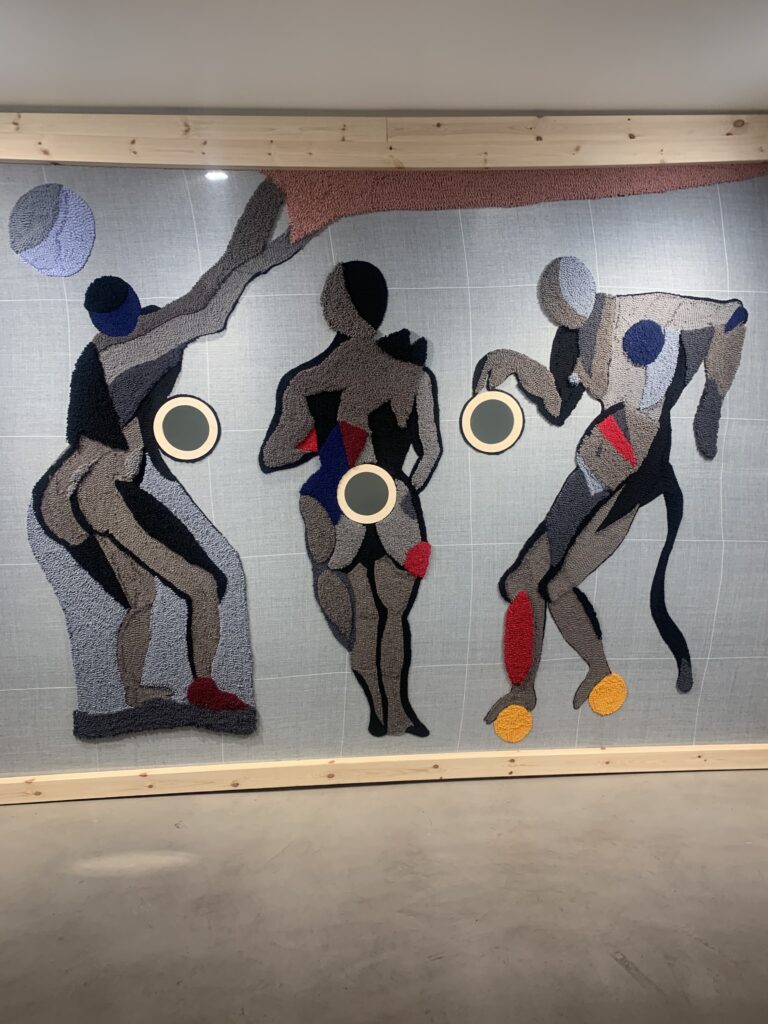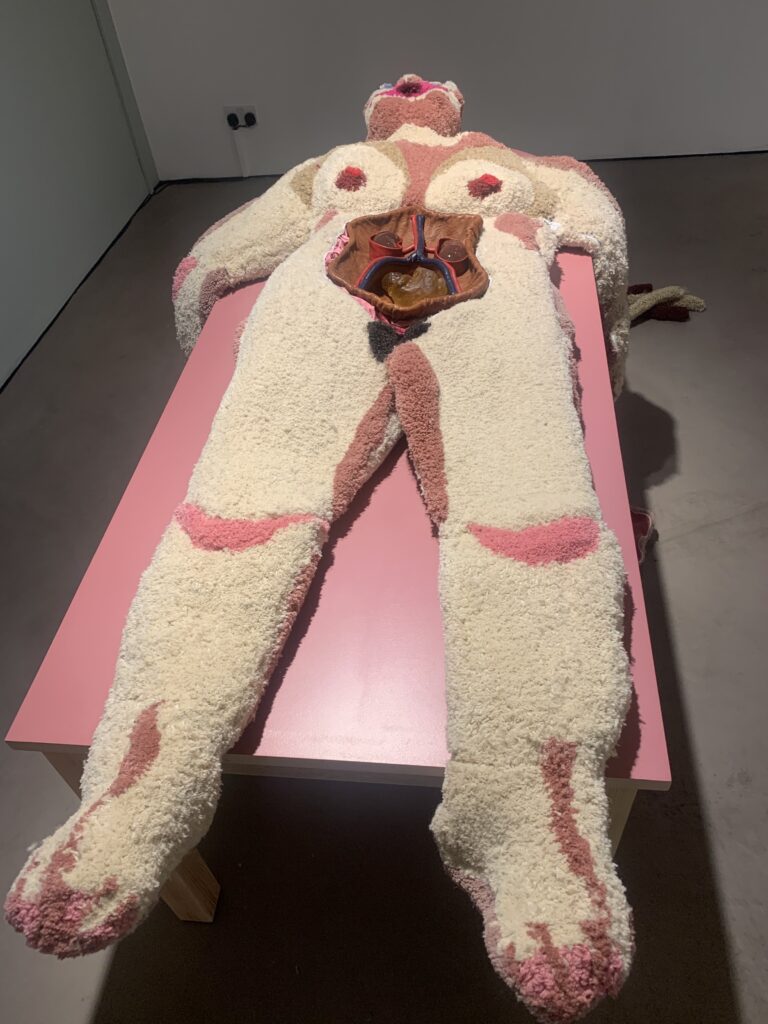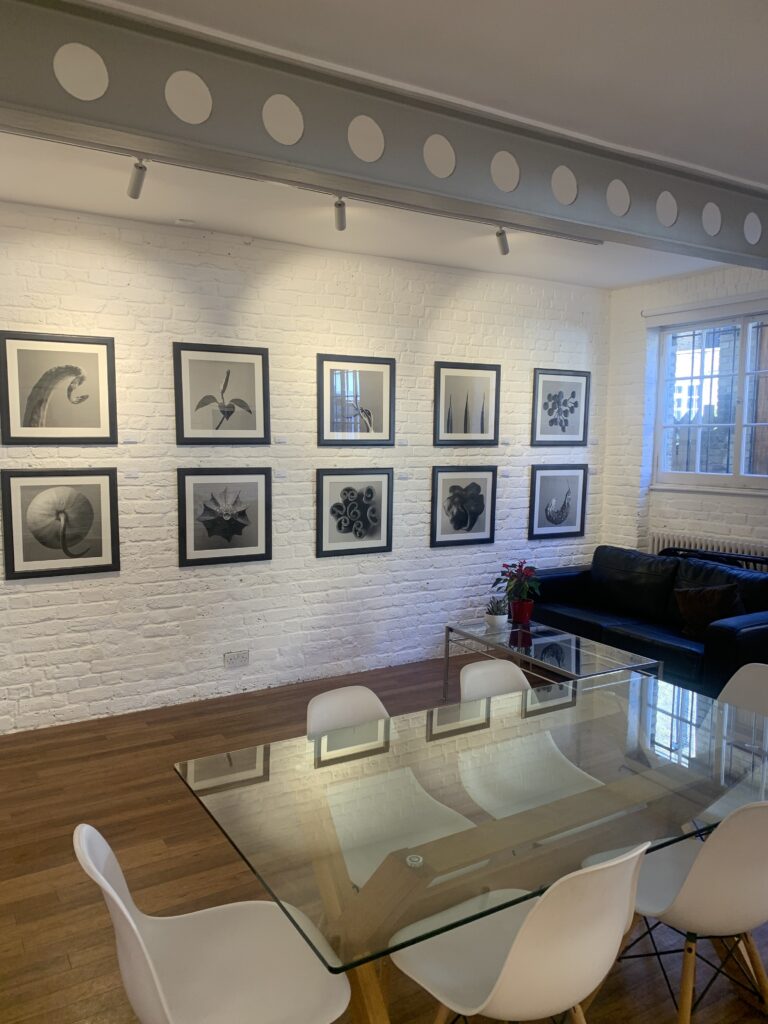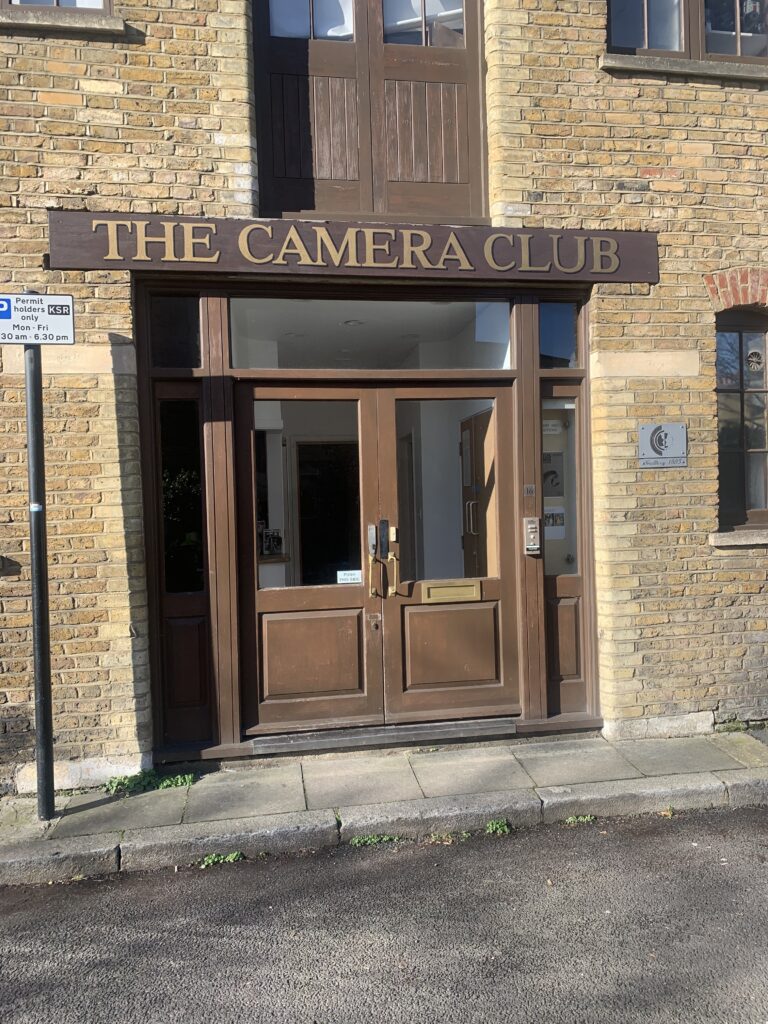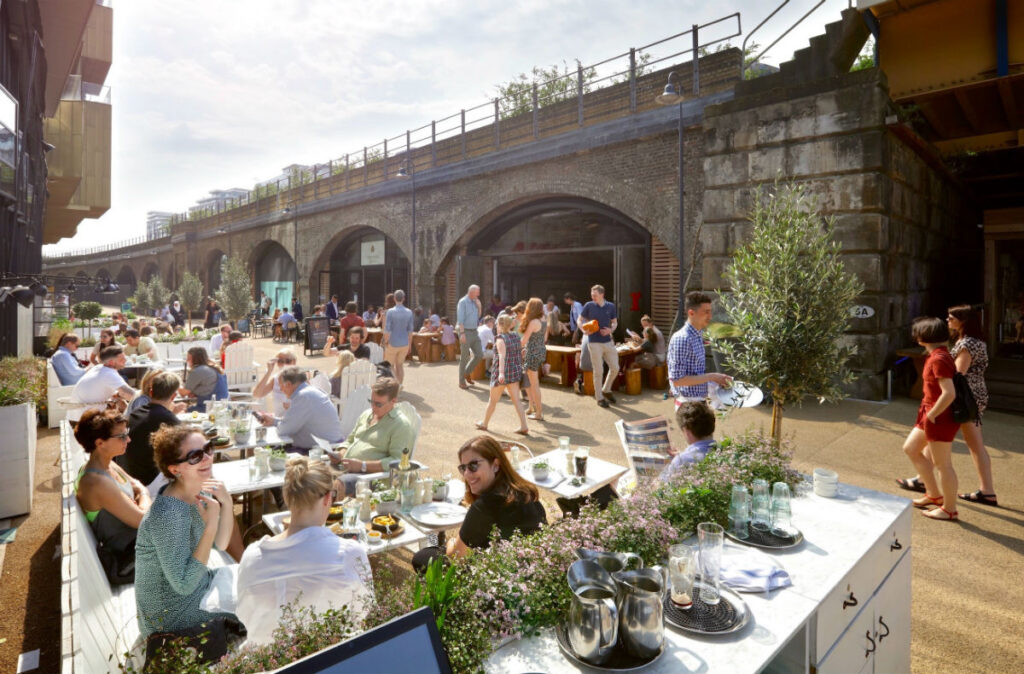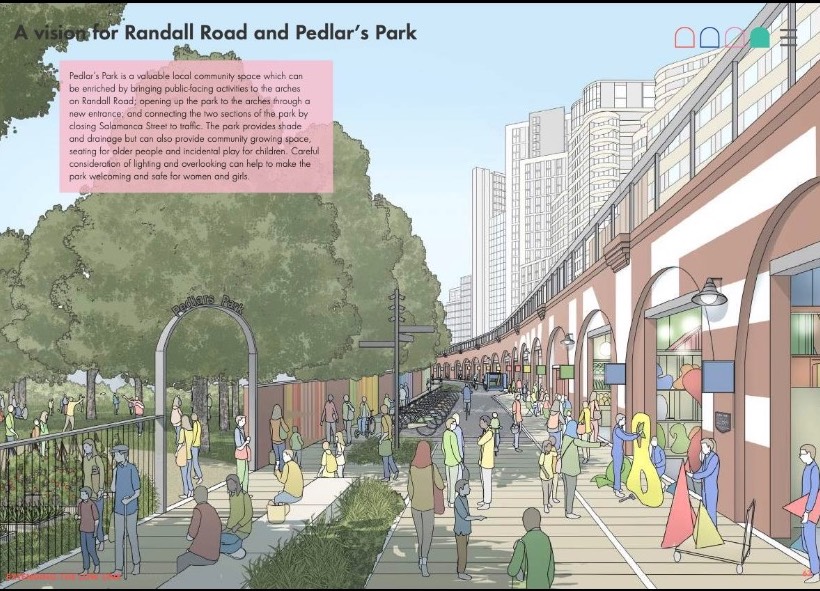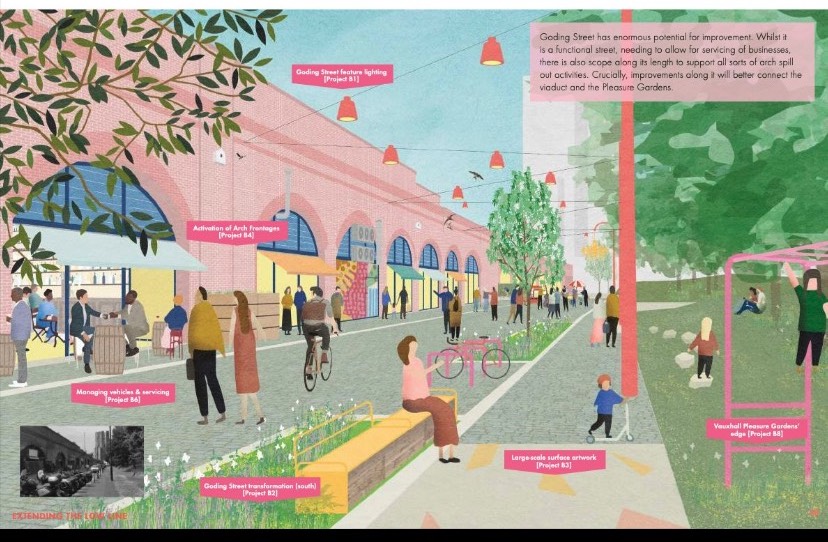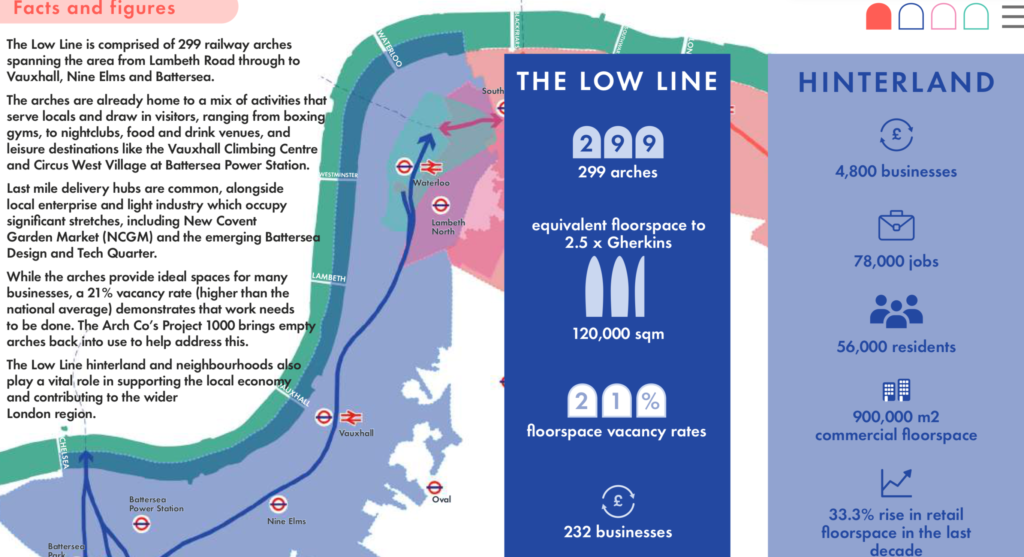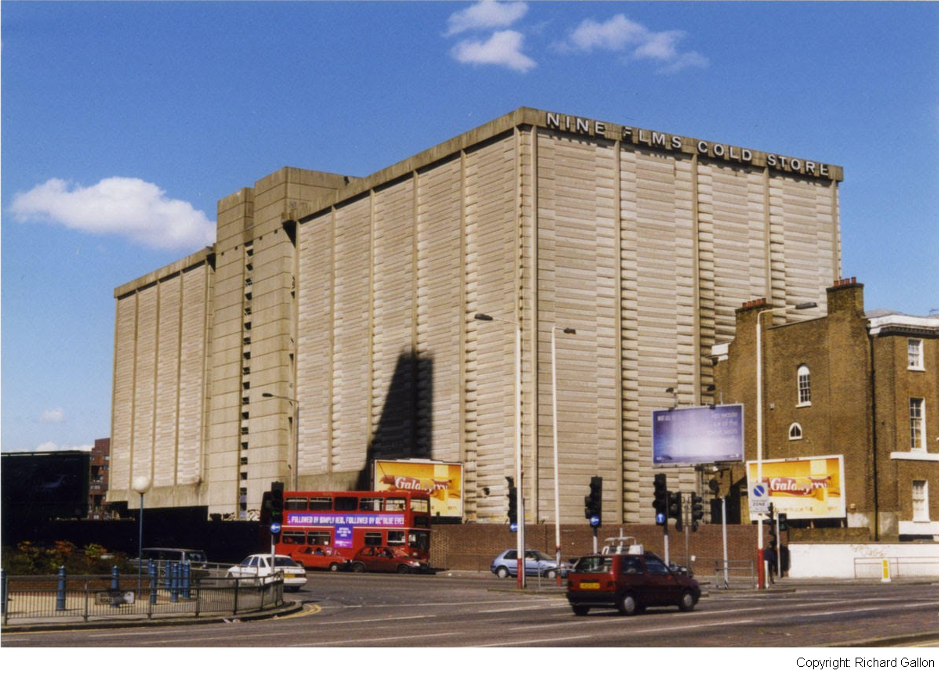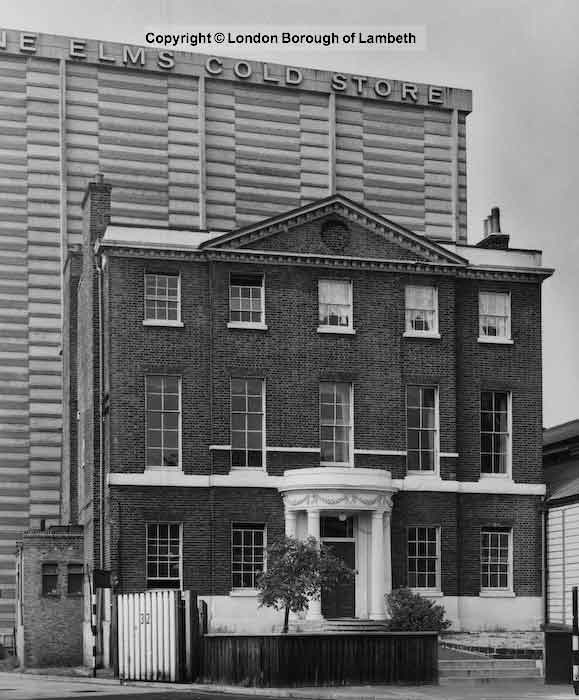As frequent readers are all too aware, we here at the Runoff love nothing more than anonymously sticking our noses where they don’t belong. And you too can take part in our passion/dysfunction by attending the great Pullens Yard Open Studios weekend taking place on 7-9 June in Walworth.

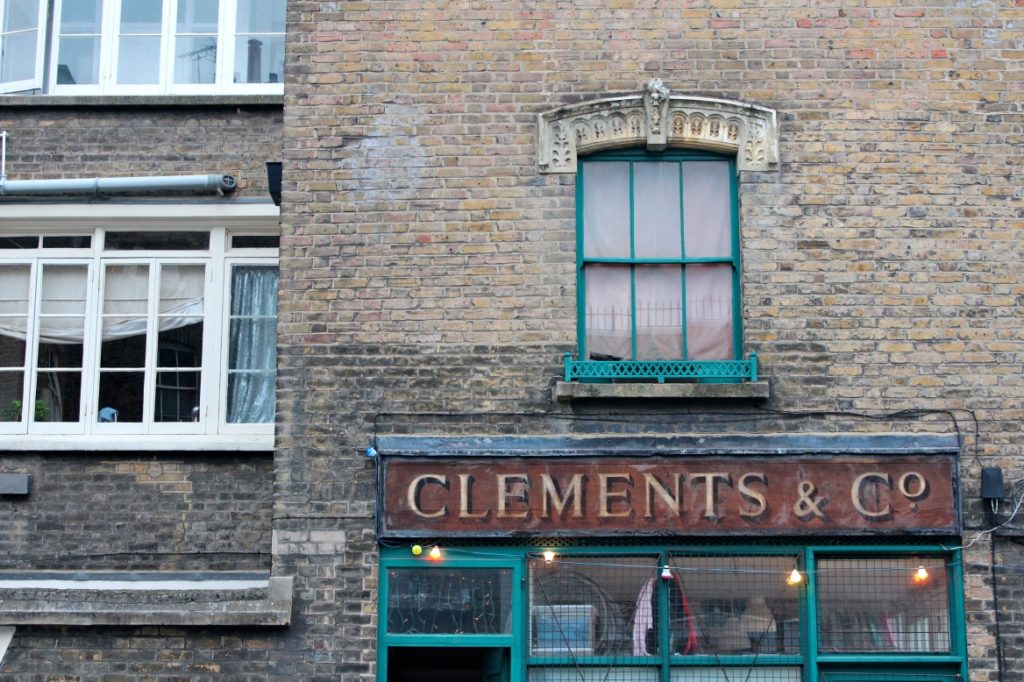
Pullens Yards (Clements, Peacock and the large Iliffe Yard) are an amazing collection of 1880’s workhouses which were originally designed for the people who lived in the nearby Pullens Estate. We wrote about the fascinating squatting history of the estate a few years ago. Instead of being converted into luxury flats, the Yards serve the same purpose as they did 140 years go, and the cabinet makers and blacksmiths have been replaced by potters, jewellery makers, card makers and folks who make things that smell nice. We once bought moth balls disguised by little knitted mice.
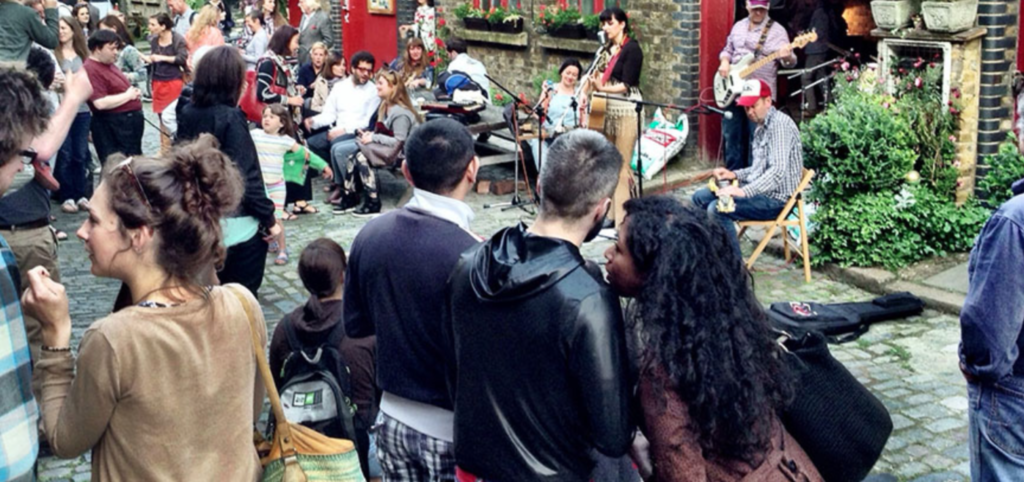
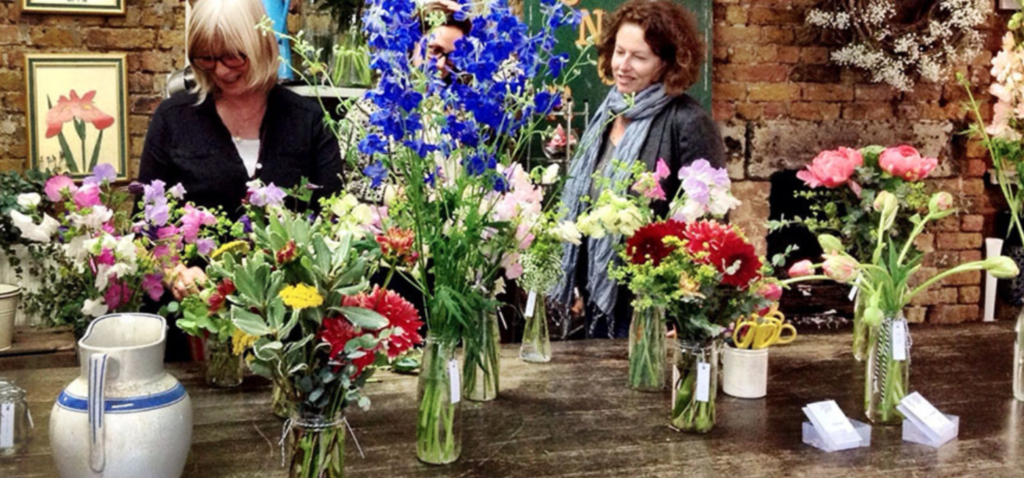
The studios at Pullens Yards are usually not open to the public, but twice a year they fling their doors open to give us a glimpse into their creative universe. The artists are more than happy to show you what and how they create, and of course you can buy what’s on show. And buying is by no means compulsory, as at the end the day these folks just want to show off how creative they are and it’s totally free. Have we mentioned how much we love free?
A visit to the Yards is a fun way to spend a morning or a late afternoon searching for quirky and unnecessary things. In the past we’ve encountered live music, food for sale, a bar provided by Orbit Brewery(!) and bumped into neighbours. In 2022 we went on a wet Friday night which proved particularly evocative. And who knows, you just might discover a previously unrealised desire to own a necklace made out of forks or a room deodoriser fashioned as a piece of cheese.
And if you’re hungry or want some tea, check out the great and very quirky Electric Elephant Café.





